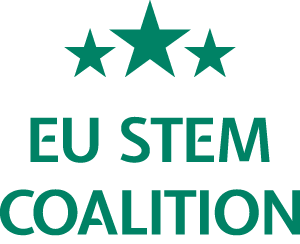The Role of Recruitment Initiatives in Young People’s Choice of STEM Education
The Role of Recruitment Initiatives in Young People’s Choice of STEM Education
Country:
Norway
Publication date:
1 January 2016
Publication type:
Reports and studies
The overall aim of this thesis was to understand Science Technology, Engineering and Mathematics (STEM) choices and how they can be influenced by recruitment initiatives at different points in the choice process from primary school throughout secondary school, and in the transition to higher education. The thesis consists of four articles that investigate factors that students describe as important for their choice of STEM education in general, and more specifically the role of specific initiatives in students’ choice.
In the first article, interest was the most common answer when Norwegian, Danish and English first year STEM students were asked to write why they had chosen the study they had started on. Family, school experiences, popular science and leisure activities were mentioned as important sources of inspiration. Some students described outreach or specific recruitment initiatives as inspiring, such as web sites, science and mathematics competitions, open days or information brochures. The second article investigated what sources of information and inspiration that were important for Norwegian first year STEM students. Here, almost all students answered that they had visited the web pages of the universities/university colleges, but relatively few answered that they had visited external campaign web sites. Almost no one answered that their choice was inspired by career counsellors, but a substantially higher number of students answered that they were inspired by popular science.
The third and fourth articles investigated two specific recruitment initiatives: One initiative where secondary students travel to their nearest university to take part in mathematics trainings led by university STEM students, and one two-day long event where girls in upper secondary school go to a university in order to receive information about STEM studies at the university. The results show that students value meeting university students, partly because the students work as role models and can give trustworthy information about what it is like to study STEM in higher education. The results also show that telling students that STEM studies demand much time and work does not necessarily lead to reduced expectation of success, if the students at the same time are presented with strategies for how to cope with the workload. Educational choice is a continuous process. The discussion chapter suggests that recruitment initiatives should give realistic information about the variety of STEM career options that exist, in order to help students make more well-informed choices. By providing trustworthy information and using role models that young students can identify with, recruitment initiatives can help more students complete the study programmes they embark upon.





